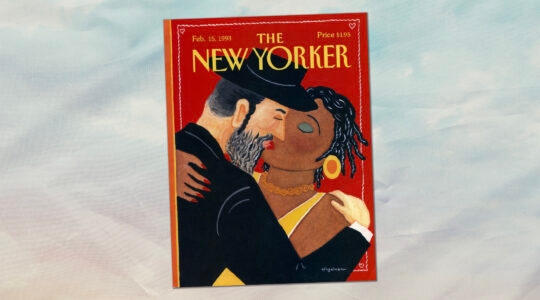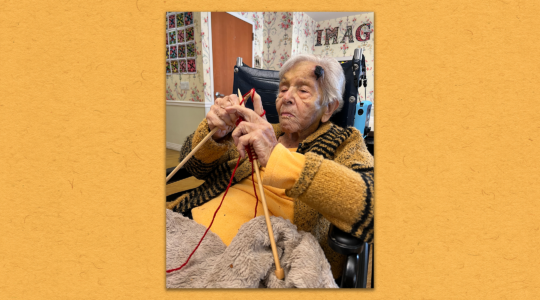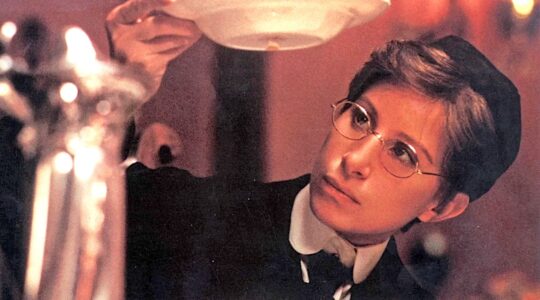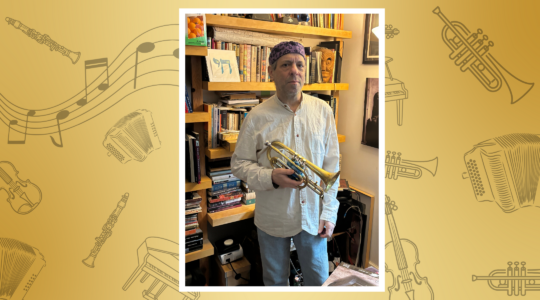Jewish holidays typically dramatize the struggles of men — Abraham being commanded to sacrifice his son, Moses trying to persuade Pharaoh to let the Israelites go, the Maccabee soldiers battling against the Seleucid Greek oppressors. But Purim puts a Jewish woman front and center, giving her a pivotal role in saving her people from destruction.
So it’s fitting that, just a few weeks before the holiday, a new dance piece, “The Book of Esther,” arrives in New York. Created by husband-and-wife team of composer David Homan and choreographer Ariel Grossman, whose company is called Ariel Rivka Dance, the piece is a two-part, feminist reimagining of the Purim story that gives equal credit to the Jewish queen and to her non-Jewish predecessor, Vashti, for overcoming Persian domination. It will be performed by an all-female cast.
Perhaps because the Book of Esther begins with King Ahasuerus’ failed attempt to induce Queen Vashti to dance naked before him and his court, dance — including, since the 19th-century, ballet — has been associated with Purim. Beginning in the 1880s, Jewish organizations in New York held lavish Purim balls, “feast dances” and other fundraising events; ballets based on the biblical story were often part of the entertainment.
But other than “Purim: The Casting of Fate,” a ballet by the Gyor National Ballet Theater of Hungary that premiered in New York in 2002, there have been few ballets about Esther in modern times. The first part of Homan and Grossman’s piece, “Vashti,” with five dancers, premiered last year; the second part, “The Book of Esther,” with seven dancers, is now being added.
Grossman, who trained at the Joffrey Ballet Theater, has a master’s degree in early childhood education from Bank Street. She teaches at the Jewish Community Project Early Childhood Center in Lower Manhattan, where she incorporates dance, movement and music into the curriculum. Her husband’s music, which ranges from violin sonatas to classic rock, has been performed at the Weill Recital Hall and many other venues in the city. His 11-movement score for “The Book of Esther” is written for clarinet, violin, cello, guitar and piano.
In a joint interview with her husband, Grossman told The Jewish Week that the piece celebrates not just female empowerment, but female bonding; the story has Vashti return from exile (she is not killed, as in the biblical story) to encourage Esther to reveal Haman’s murderous plot to the king. “We see Esther and Vashti as mirrors of each other,” she said. Or as Homan put it, “Vashti’s struggle informs what Esther ends up doing to reveal her identity and save her people.”
“The Book of Esther” begins next Thursday, Feb. 27 and runs through Saturday, March 1 at the Citigroup Theater at the Ailey Studios, 405 W. 55th St. Evening performances are at 7:30 p.m. and there is a matinee on Saturday at 2:30. For tickets, $25, visit www.artful.ly/store/events/2175.
The New York Jewish Week brings you the stories behind the headlines, keeping you connected to Jewish life in New York. Help sustain the reporting you trust by donating today.




